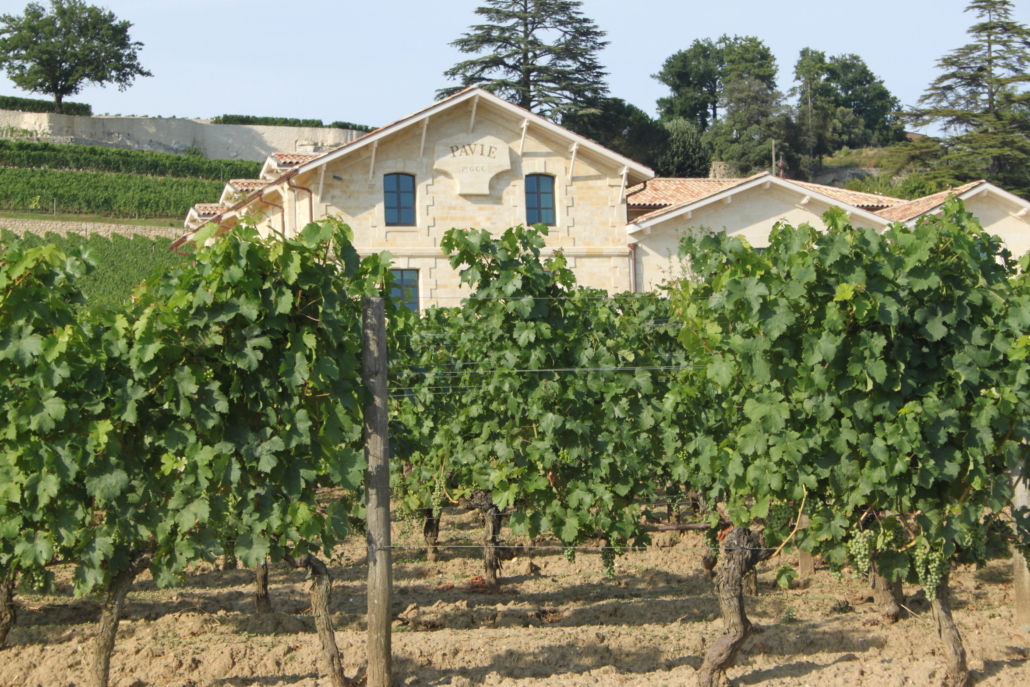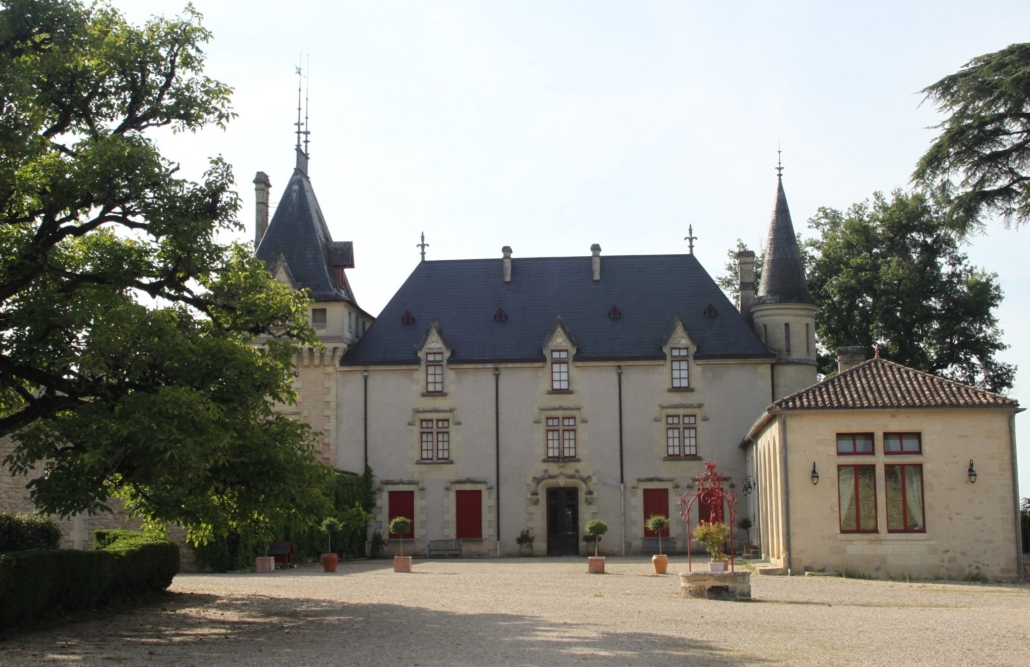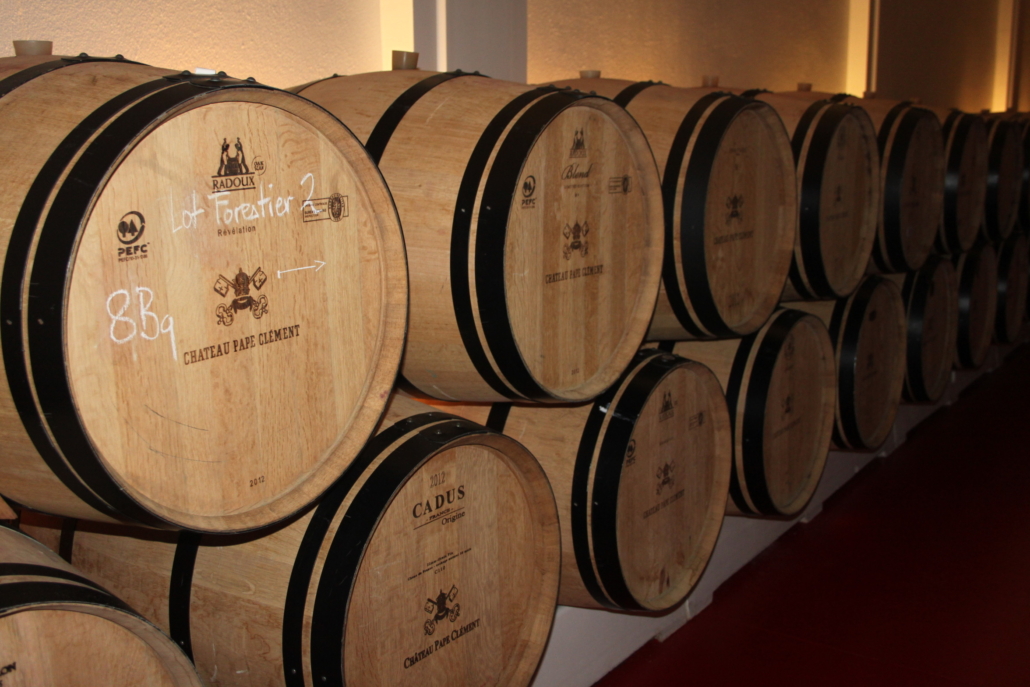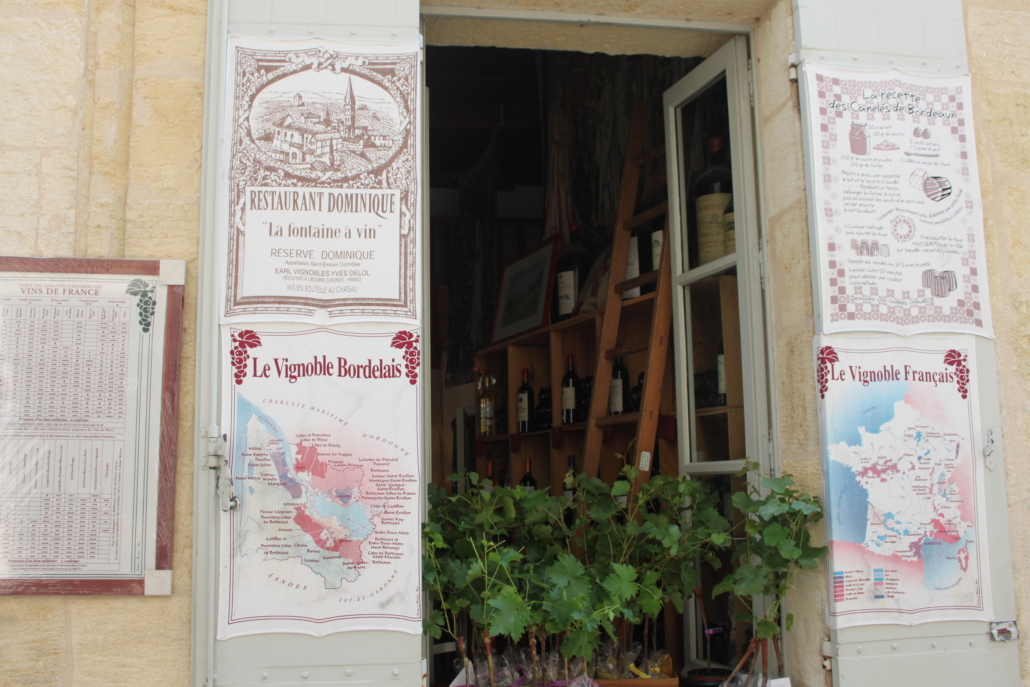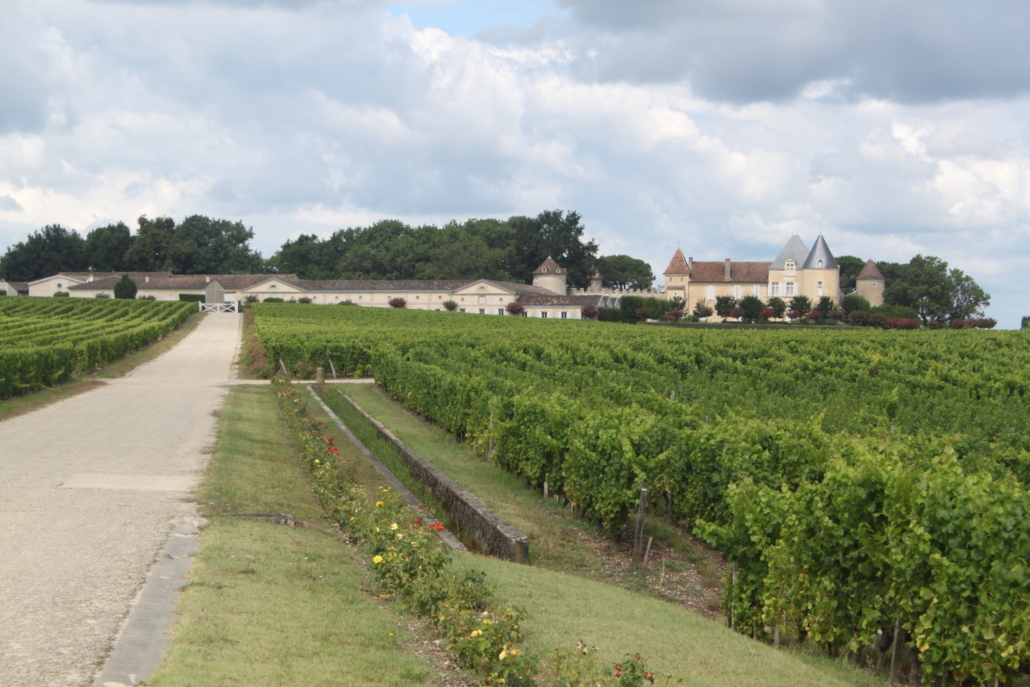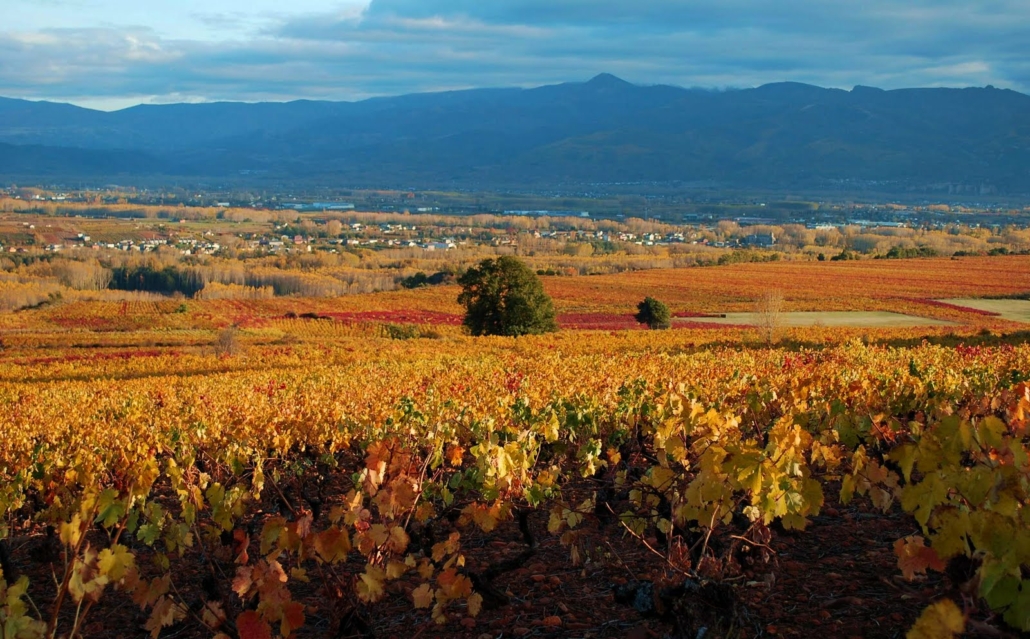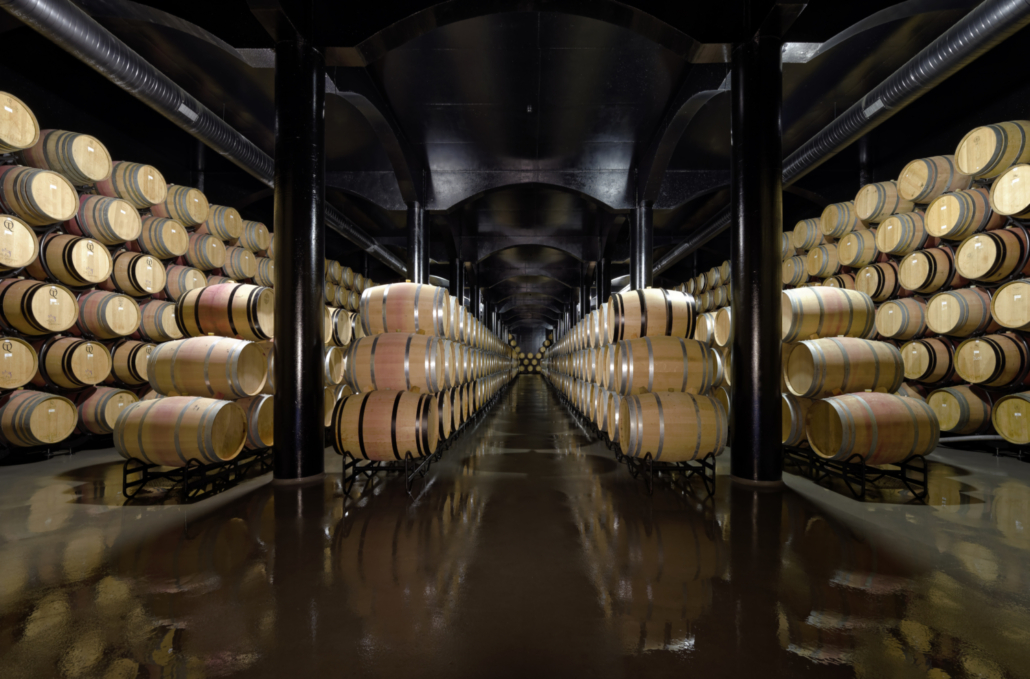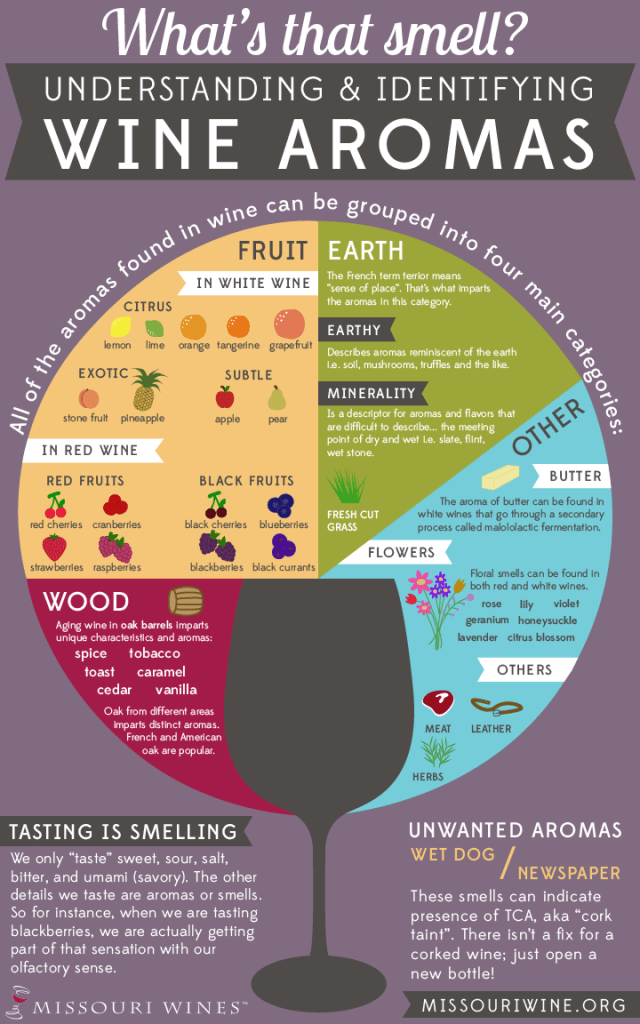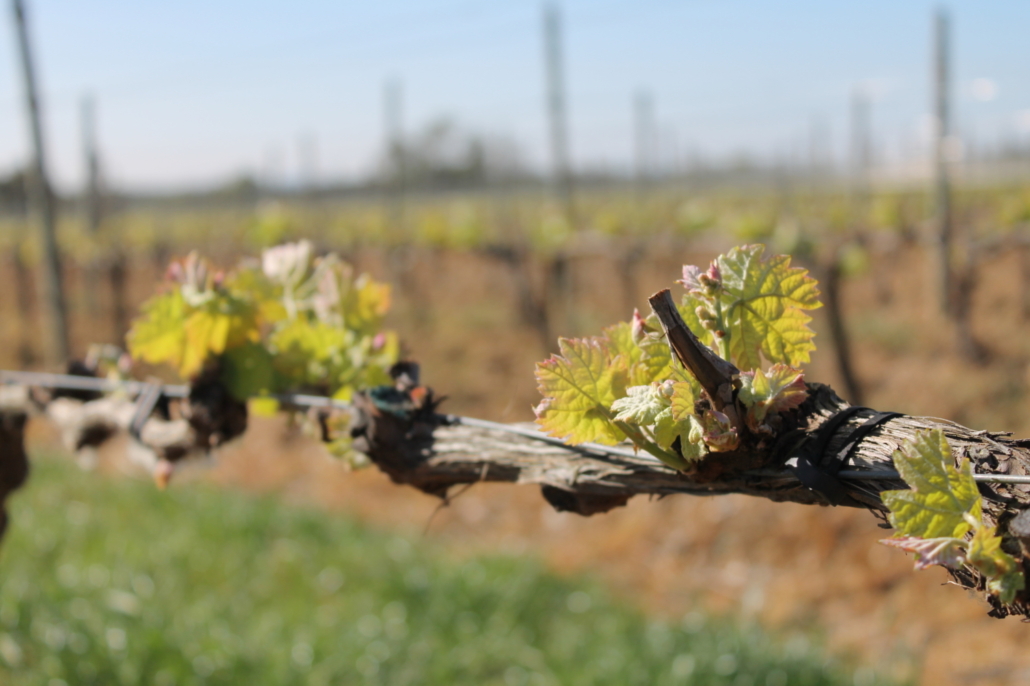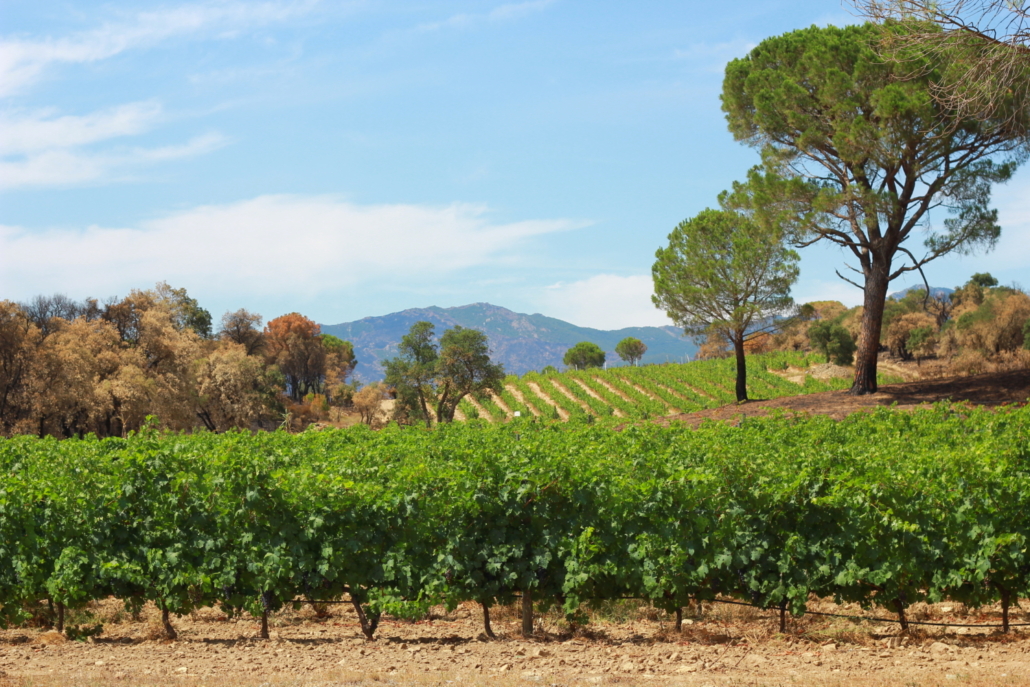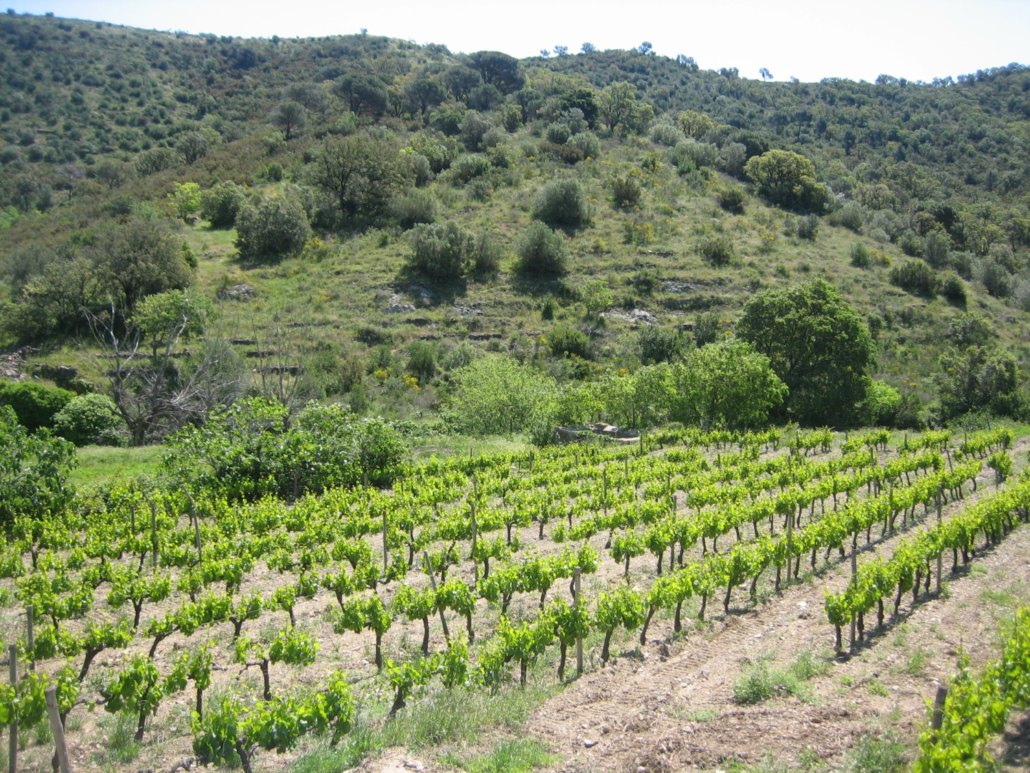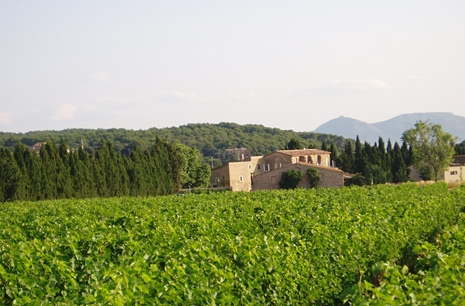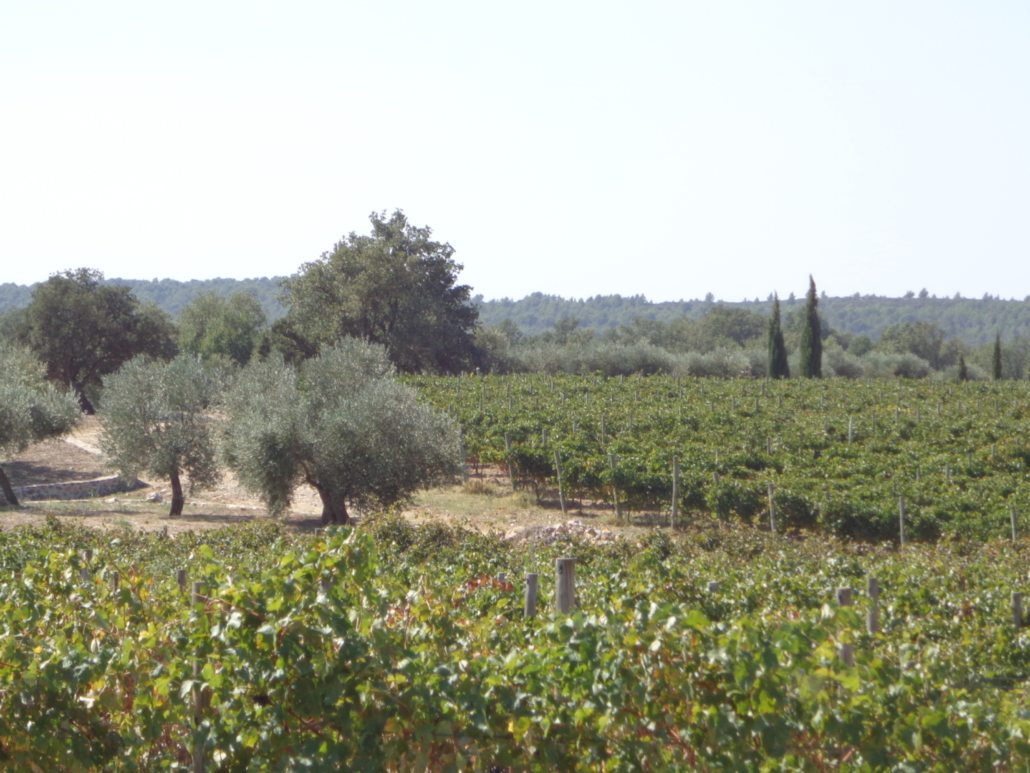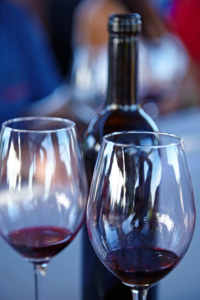For a wine lover, a wine tour of Spain & Portugal is an easy way to experience the best wine regions of both countries. For us, the ideal Iberian wine route starts in Barcelona and ends in Porto or Lisbon. The cava cellars of Penedes and mythical reds of the Priorat wine region are highly accessible from Barcelona. Then from Priorat head to the source of Spanish red wine, the famous la Rioja. Just 3 hours away is the most exclusive wine region of Spain, Ribera del Duero, where the Tempranillo grape is king. From here, one crosses the border from Spain into Portugal, and enjoys the scenic beauty of the Douro Valley, the most iconic wine region of Portugal. If you end your Spain & Portugal wine tour in Porto a visit to one of the many historic lodges along the Douro river with Port tastings is a must! Continuing to Lisbon, the undiscovered Vinho Verde and authentic rural Alentejo wine regions are mandatory stops.
For those wishing to experience the best of Spanish and Portuguese wine regions, we have carefully crafted our Wine Lovers Tour of Spain & Portugal. This 10 day wine tour covers the best regions of Spain & Portugal, the most interesting wineries and the most beautiful scenery.
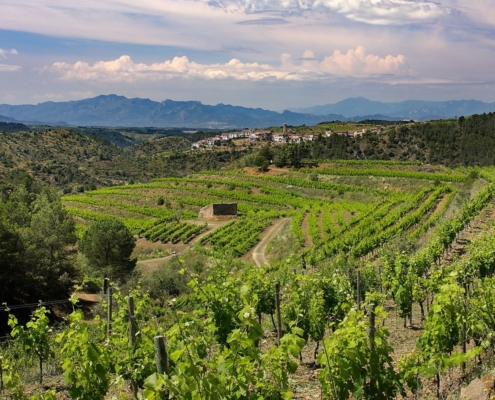
Fly to Barcelona and start your wine trip in the Penedes Wine Region of Spain, famed as Cava country. Cava is a Spanish sparkling wine produced in the Traditional Method, just like Champagne. This Spanish bubbly was awarded it’s own D.O. (Wine Appellation) in 1986 and, although there are a few Spanish wine regions that produce Cava, the wine region of Penedes is the main area of production, over 90%. The Penedes wine region flagship grape variety is Xarel.lo making it the Penedes cava icon. Your visit to Penedes should include at least one of the spectacular modernist cava cellars as well as one of the emerging high- quality organic producers.
Your wine lovers tour continues to the Priorat Wine Region of Spain, where exceptional quality, red wines await you. These limited production reds are labelled DOC (Qualified Appellation of Origin) a denomination reserved to only Priorat and la Rioja. The Priorat wine region is famous for its mineral-rich soil and terraced hillsides of slate (called licorella by the locals), which create a unique humidity for the vines. Priorat wines blend the wine varietals of Garnacha and Cariñena and are substantial, inky wines of distinct character and reputation.
A not-to-be-missed stop is the Rioja Wine Region of Spain. Here we love to showcase the contrasts between historic and traditional wineries, some of them still making their own barrels and the sleek, modern cellars with amazing state-of -the-art wine-making techniques. In the Rioja wine region there is a heavy use of oak for long ageing, which is the signature Rioja style, resulting in polished reds based mainly on Tempranillo but also Graciano and Garnacha blends. 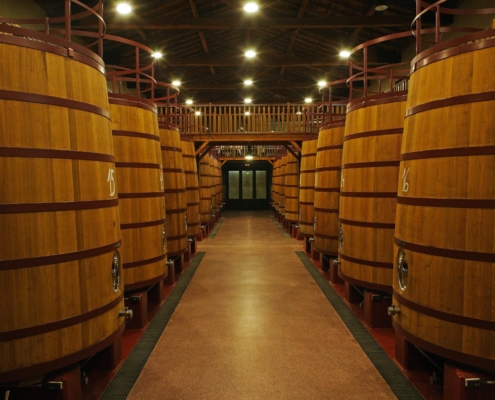
Continuing west, you arrive to the Ribera del Duero Wine Region of Spain. Here you will taste the more modern, full-bodied and slightly more sophisticated single-vineyard wines at two of our favourite cellars. Part of Ribera del Duero wines’ uniqueness is due to Tinto Fino, the indigenous type of Tempranillo grape. The most mythical and inaccessible Spanish wineries are here, along the legendary Ribera del Duero Golden Mile and you will be lucky to visit one.
Crossing the border now you arrive to the beautiful Douro Valley wine region in Portugal, considered one the most spectacular wine regions of the world! Its characteristic terraced vineyards on the sloping hills meet the meandering river below. The in-vogue again Port wine is made here at various quintas (port wine cellars) along a narrow river gorge that winds 100 miles through the mountain ranges. Historically, Port wine was shipped downriver to the city of Porto for ageing, aboard sail-boats called Rabelos. Nowadays, the Douro Valley wine region of Portugal produces not only Port wines but also excellent reds mainly using the Touriga Nacional grape.
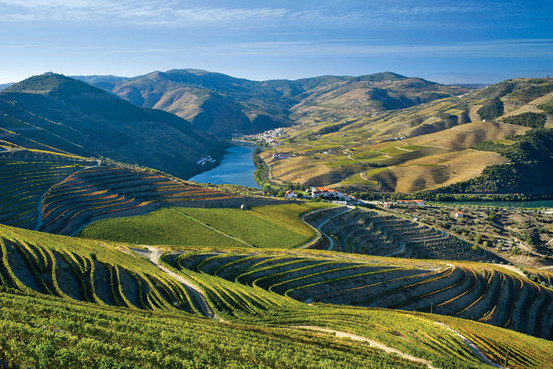
Following the route of Port wine, as the grape juice once did from the Douro, you arrive to Porto and Vila Nova de Gaia, famous for the Port Wine Lodges of historic port wine producers. Port houses have aged their wines in Vila Nova de Gaia for over three centuries and here, the ageing and blending of most of the world’s supply of Port wine takes place beneath a sea of red roofs emblazoned with some of the most famous names in wine-making.
If your Spain & Portugal wine tour is 10 days only, Porto is the perfect finale for this unique wine trip! Take advantage of our expertise and let us take you to the very best wine regions and wineries of Spain and Portugal. We will ensure for you the best winery visits and wine tastings with expert in-house guides, hand selected hotels and you will e able to make the most of your wine tastings as your chauffeur takes the driving strain!
You may like to include other wine regions of Spain and Portugal in your private wine tour, for example the up and coming Vinho Verde in northern Portugal and the rural, quaint and very authentic Alentejo wine region, half way between Andalucia and Lisbon. Just let us know and we can happily custom build your perfect wine tour based on your preferences. If you are looking for an ideal for the best route, have a look at our sample itinerary Wine Lovers Tour of Spain & Portugal . Contact us for pricing or to start custom building your perfect wine tour of Spain and Portugal!

